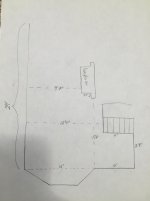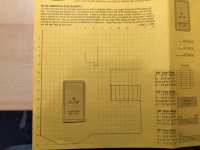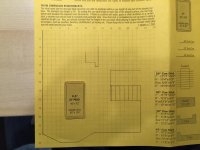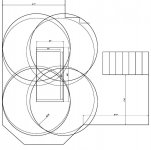So, I recently finished getting rid of a few walls to make room for a pool table. An 8 foot table would probably be the largest table that would fit pretty comfortably, but I kind of have my heart set on a 9 footer so that I can practice and maximize my potential improvement.
The space for the table is kind of awkwardly shaped in an open layout. The only really tight spot being where my fireplace is and for that corner, I'd definitely need to use a shorty cue.
Here's a diagram of the room. One part I forgot to put dimensions on is the depth of the bay window area, which is about 2 feet at it's deepest: https://www.dropbox.com/s/guwezbuyd8bvxg3/2015-11-25 11.37.54.jpg?dl=0
I'm looking to buy a used Olhausen, but I haven't seen many 9 footers go up for sale, so I've been getting antsy, re-considering the 8 foot option.
So my question is do you think I should be patient and wait for a 9 footer and deal with using the shorty stick in one of the corners? Or do you think I'd probably be happier on an 8 foot table even though it would be slightly less of a challenge (once I got better).
Also, is there anything else I should be considering that I haven't brought up already?
The space for the table is kind of awkwardly shaped in an open layout. The only really tight spot being where my fireplace is and for that corner, I'd definitely need to use a shorty cue.
Here's a diagram of the room. One part I forgot to put dimensions on is the depth of the bay window area, which is about 2 feet at it's deepest: https://www.dropbox.com/s/guwezbuyd8bvxg3/2015-11-25 11.37.54.jpg?dl=0
I'm looking to buy a used Olhausen, but I haven't seen many 9 footers go up for sale, so I've been getting antsy, re-considering the 8 foot option.
So my question is do you think I should be patient and wait for a 9 footer and deal with using the shorty stick in one of the corners? Or do you think I'd probably be happier on an 8 foot table even though it would be slightly less of a challenge (once I got better).
Also, is there anything else I should be considering that I haven't brought up already?




